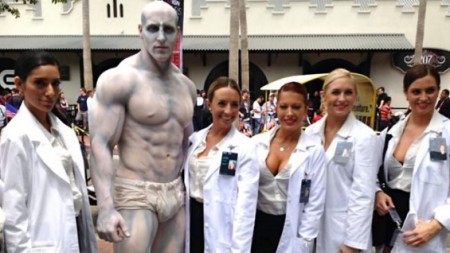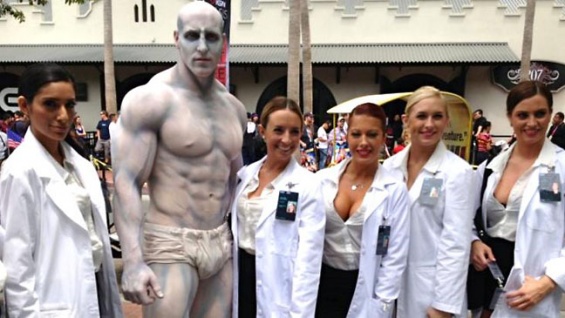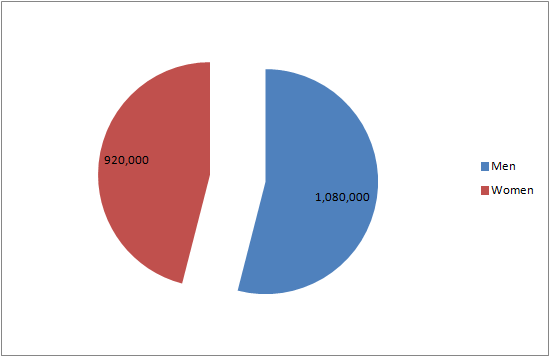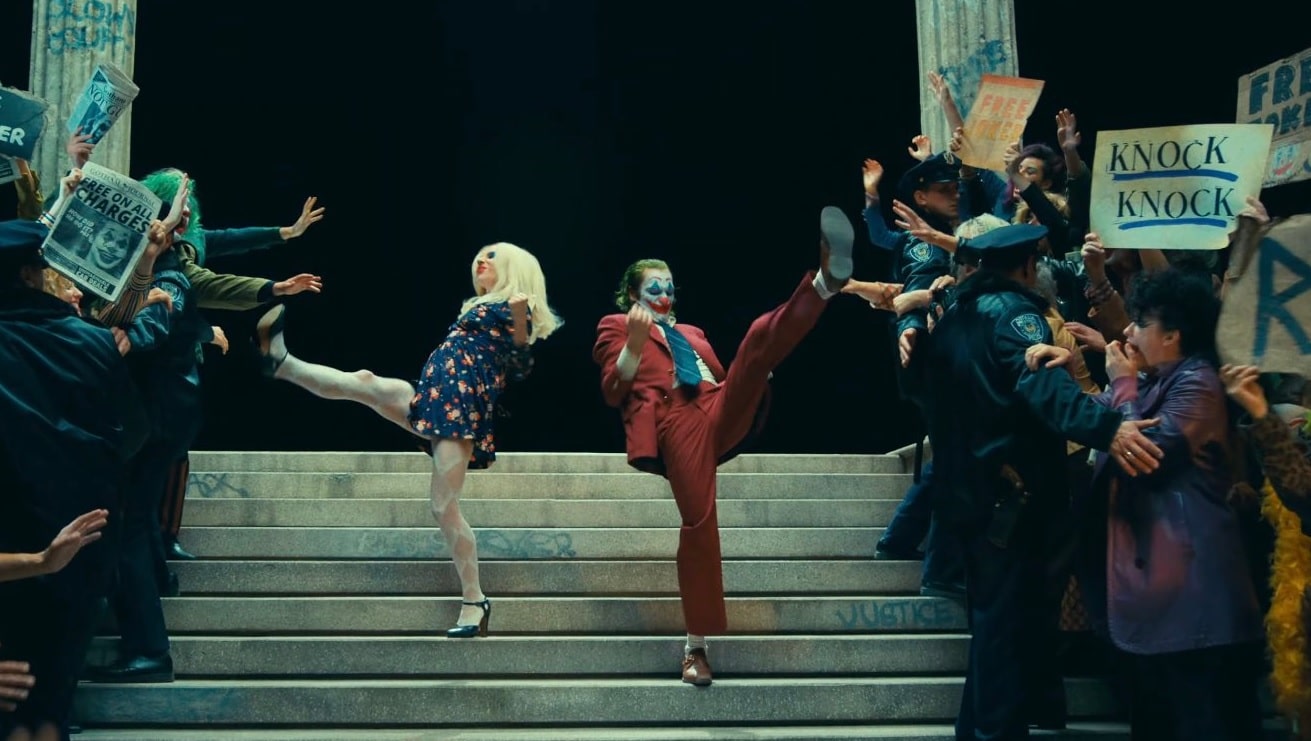
For all of these posts I’ve tried to instill the idea that there isn’t a simple comic fan. While it might mostly be men, comic fandom is a diverse crowd whose specific interests varies by gender, race, age and more. No two character fandoms are the same. No two publisher fandoms are the same. Marketing and messaging needs to be tailored towards the audience, understanding that it’s diverse. And diversity in fans and the characters you present is a good thing, something the television channel Fox even understands. Diversity in the product, and of the product, appeals to a greater audience.
Last week I wrote that female characters had a majority female fanbase on Facebook. That’s the exact opposite of the general comic population (though women seem to be gaining there). The point of that being, if you want to attract female fans, you might want to highlight, include or market your female characters, especially when marketing to that audience.
And with that, I decided to look at how Marvel and DC compare to indie and small(er) publishers when it comes to the break down of gender of their Facebook fans. Marvel fans on Facebook, the last time we reported, broke down with a little over 75% being men and DC was about 69% men. DC does better than Marvel, mainly due to Vertigo.
I reported at the beginning of the month that 54.55% of general comic fans were men. Indie/Small Publishers seem to be where its at when it comes to gender parity, because men account for 54% of the population and women 46%. That’s some of the closest percentages we’ve seen when it comes to “publishers.” And that’s the terms I looked at on Facebook, just the names of publishers or their imprints.
Indie comics with their varied offerings seems to be where the main portion of female fans are. While I haven’t surveyed them to ask why, it’s not shocking the most diverse segment of material also has the most diverse segment of individuals. One can see just that as they head to a convention like the Small Press Expo that celebrates indie and small press comics. There, you can see the diversity in material as well as fans.
So why does this matter? I’m showing that comic fans aren’t the stereotypical pictures that gets painted, even within the industry. A diverse set of fans, both men and women exist and they are telling us exactly what they’re interested in on sites like Facebook. The data is out there, it is the job of marketers and creators to use it and get their work out there in front of them. The mission is to show this captive, self-identifying audience, what’s out there that they might like.
If they never hear about your comic, can you blame them for not buying it?









Id like to know the breakdown on all self identifying comic fans.
What percentage are mainstream/corporate (marvel/dc), mainstream format (image/valiant/dark horse/dinamite/ boom/etc), big publisher (pantheon/abrams/first second/etc), alt (fanta/d+q/sparkplug/kenosha/etc), and self published.
Hey Jacob, I like the idea, I’ll work on that for next week.
Cool!
Comments are closed.